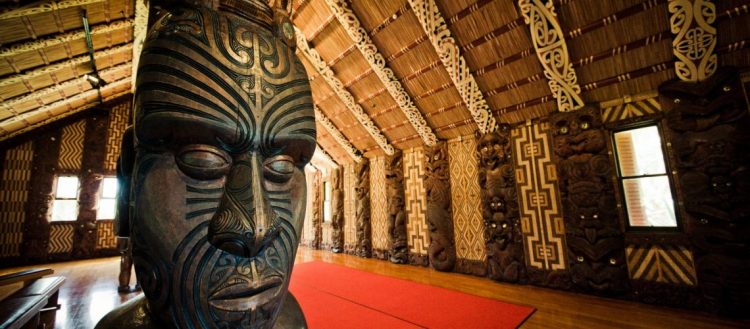新西兰人将于6月24日星期五度过他们的第一个Matariki公共假期。庆祝活动标志着毛利新年的开始。
Matariki 是一个星团的名字,也被称为 Pleiades。在新西兰的冬季,星团在日出前向东北地平线可见。它的出现预示着毛利农历中一年的结束和新的一年的开始。
毛利天文学专家兰吉·马塔穆阿博士因其在提高人们对马塔里基的认识方面所做的工作而获得了久负盛名的总理科学传播者奖。他说,这次庆祝活动既是精神上的,也是社交性的。
就记住那些在这一年中过世的人而言,这是精神上的。
“这是[also]所有人聚集在一起庆祝过去一年中发生的事情然后放手的聚会点。为了庆祝我们现在的身份,并祝愿新赛季和新的一年的承诺。”
著名的毛利占星家 Rereata Makiha 说,马塔里基是通过一起分享食物、故事和时间来庆祝的。
过去,生活围绕着收集食物以确保冬季的生存。在收获季节的艰苦工作之后,在毛利新年的寒冷月份,人们会聚集在一起保暖、分享食物并通过讲故事互相娱乐。
Makiha 说:“我们所有的历史都是通过故事传下来的,pūrakau。”
新年庆祝活动的复苏始于1990年代中期。2020年,开始了一项请愿书,要求将马塔里基定为公共假日。去年,政府正式将其签署为法律。
Matamua说,尽管传统上是毛利人,但Matariki适合所有新西兰人。
“在我看来,这不再是毛利人的庆祝活动了。这已成为一场全国性的庆祝活动,这对我来说就是它的未来,我认为这是 Matariki 的精彩部分。
新西兰总理贾辛达·阿登也回应了这一观点。
“Matariki将是一个明显的新西兰节日;一个反思和庆祝的时刻,也是我们第一个表彰蒂奥毛利人的公共假期。”
假期的日历日期每年都会改变,以与毛利农历保持一致,并且始终是星期五。





























































